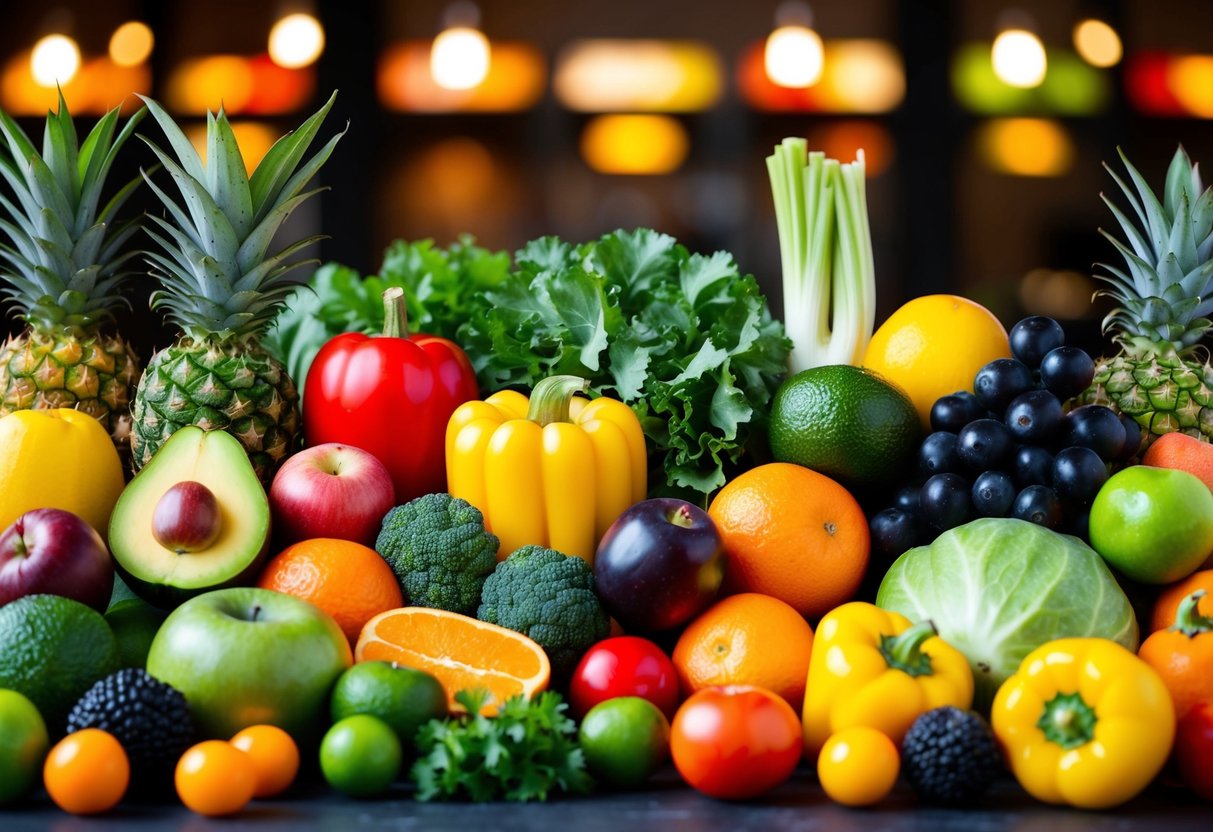The Art of Food Pairing: Unlocking New Flavors in Your Cooking
Contrasting and Complementary Flavors
Contrasting and complementary flavors can both enhance the culinary experience. Contrasting flavors introduce elements that highlight each other by their differences. A classic pairing is spicy and sweet, such as chili peppers with chocolate.
Complementary flavors, on the other hand, involve combining ingredients that share similar flavor compounds, creating harmony. An example is the pairing of basil with tomatoes, where the shared compounds enhance each other.
By understanding these interactions, cooks can create dishes with depth and complexity, making each bite an exploration of the senses. Even simple combinations can become culinary masterpieces with the right pairing approach.
Creative Use of Spices and Herbs
Spices and herbs can transform ordinary meals into extraordinary culinary experiences. By thoughtfully matching spices with proteins and incorporating fresh herbs, cooks can achieve remarkable flavor profiles.
Matching Spices With Proteins
Choosing the right spices for proteins is pivotal in enhancing dishes. For chicken, spices like thyme, paprika, and garlic offer complexity. Beef pairs well with rosemary, black pepper, and cumin, which bring depth. When it comes to pork, fennel seeds and sage provide a complementary balance, while fish benefits from dill, lemon pepper, and coriander for a fresh, vibrant taste.
Each spice can unlock different dimensions in a dish, emphasizing certain qualities of the protein. Knowing the right combinations helps in crafting a harmonious blend that highlights the natural characteristics of each protein. Understanding cultural pairings, like turmeric with lamb in Indian cuisine or sumac with poultry in Middle Eastern dishes, expands flavor possibilities.
Incorporating Fresh Herbs
Fresh herbs add brightness and aroma, enhancing flavor layers in cooking. Basil works beautifully in Italian dishes, complementing tomatoes and mozzarella with its sweet, aromatic profile. Cilantro infuses freshness well-suited to spicy dishes like curries and salsas, contributing a citrus-like finish.
Parsley provides a clean, peppery note balancing rich flavors in soups and stews. In Thai cuisine, lemongrass imparts a subtle citrus essence, perfect for seafood and poultry. Creative use of herbs often involves integrating them at different cooking stages, with more robust herbs added early and delicate ones like chives and dill towards the end to retain flavor.
By experimenting carefully with herbs, chefs can elevate their dishes, contributing both in flavor and visually appealing garnishes.
Food Pairing for Healthy Eating

Exploring food pairings can significantly enhance the nutritional value of meals and make healthy eating more enjoyable. Using local ingredients like vegetables and fruits can add freshness and vitality to your diet.
Nutritional Synergy
Nutritional synergy focuses on combining foods that boost each other’s health benefits. For example, pairing vitamin C-rich foods like citrus fruits with iron-rich vegetables such as spinach can enhance iron absorption in the body. This combination can be beneficial for those seeking to improve their iron intake naturally.
Certain fats can aid in the absorption of fat-soluble vitamins. Pairing avocado, a healthy fat source, with carrots can enhance the absorption of beta-carotene. Such thoughtful combinations can ensure that meals are both nutritious and delicious, providing multiple health benefits.



